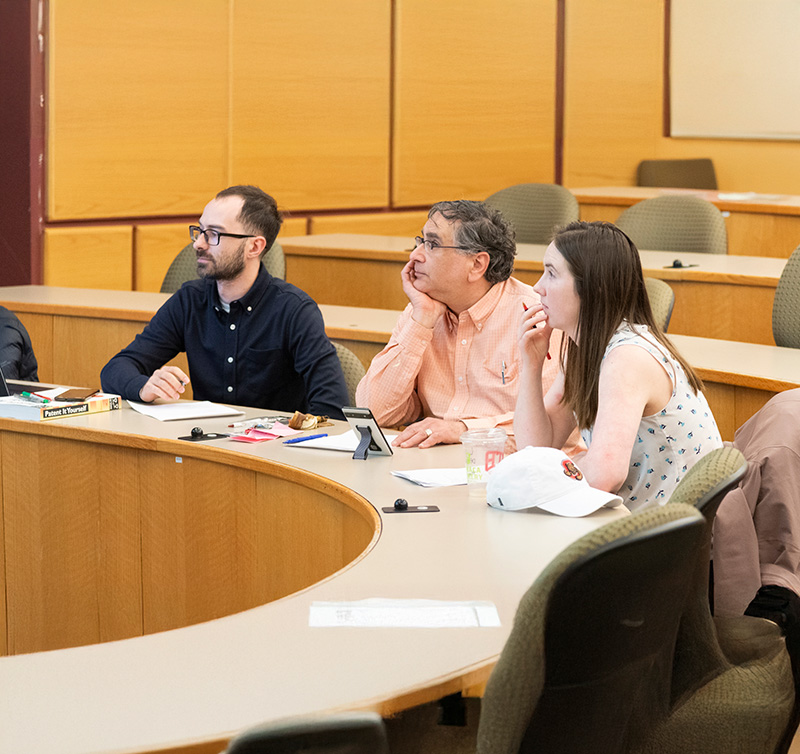Undergraduate Senior Design Caps Off the Year

For many undergraduates, the yearlong capstone biomedical engineering design course, BME 4080/4090, is a highlight of their undergraduate academic experience. It marks the end of their studies and showcases how they apply their engineering skills to real biomedical problems. The course is co-taught by Meinig School faculty James Antaki, Nate Cira and Alexandra Werth.
In the first semester course (BME 4080), students learn the design process. They are equipped with strategies for tackling complex biomedical challenges and get practice applying them through case studies and activities.
The centerpiece of the course is the team design project. Projects ideas come from students’ interests and experiences, current events, and needs encountered during clinical and exchange programs. Teams of four-to-five students coalesce around project ideas of interest around halfway through the fall semester. By the semester’s end, teams have developed a deep understanding of their project’s underlying need, engaged with stakeholders, and planned what they will build and test in spring.

In the second semester (BME 4090), students begin making things in earnest, apply skills like drawing, CAD, and 3D printing to go through design-build-test cycles of prototypes. Along the way they consider their project from all perspectives including bioethics, standards, intellectual property, and regulatory considerations. The experience also hones skills in leadership, teamwork, and communication. By the end, they are ready to tackle biomedical challenges in the real world.
The culminating event of the course is the year-end senior design showcase in May. Students produce and screen a video of their project and take questions from their peers and Meinig School faculty and guests. “This event is the very last undergraduate class period for the graduating students, and celebrates student progress on pressing challenges and in their degrees,” said Nate Cira. “Afterwards, students go out into the world applying what they learned in the class, and the program, to the world’s challenges.”

